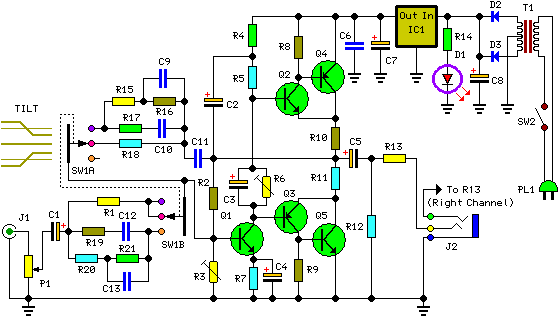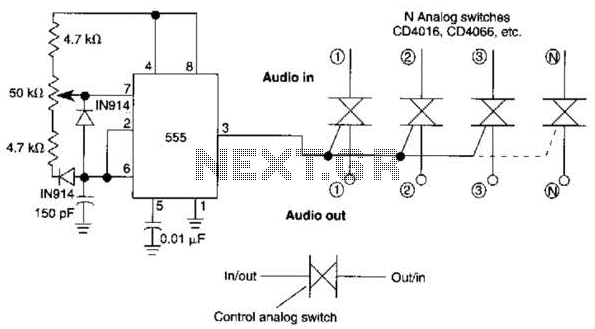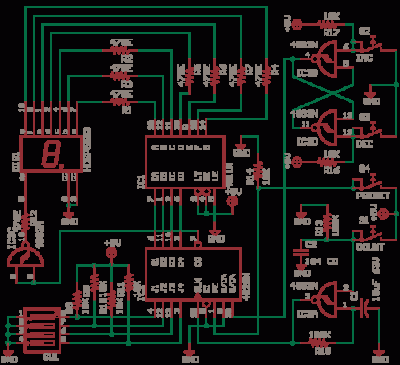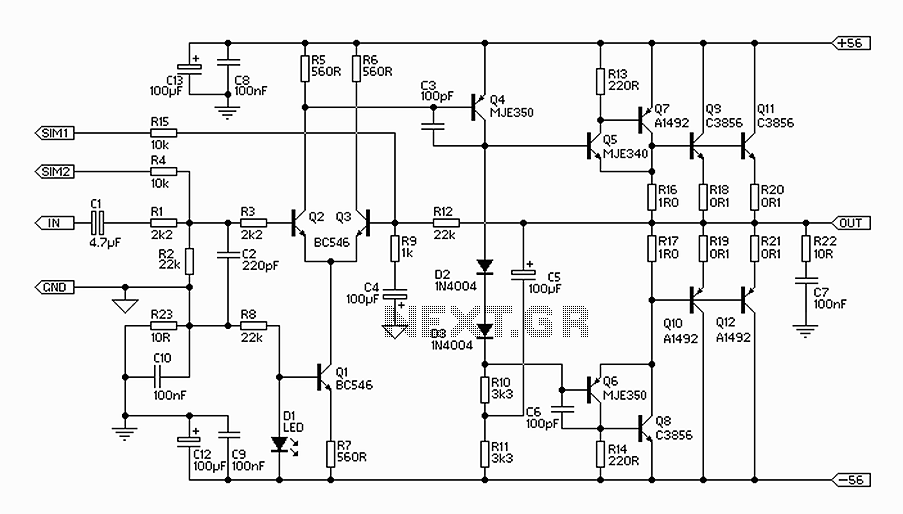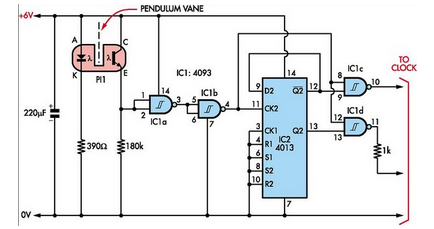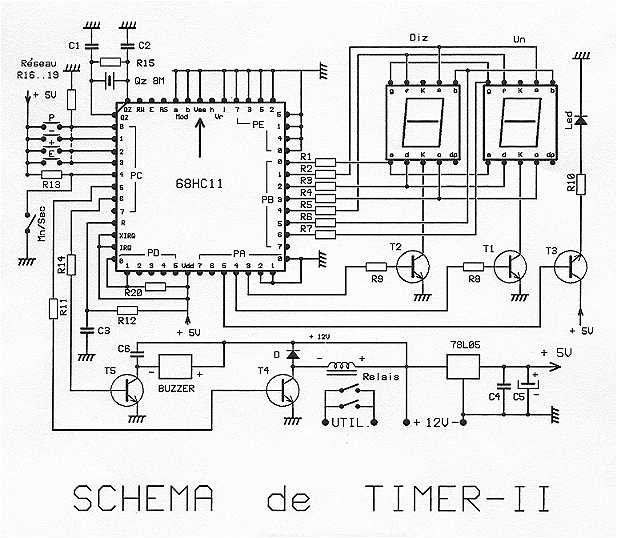
Space heater controlled by digital thermostat Schematic
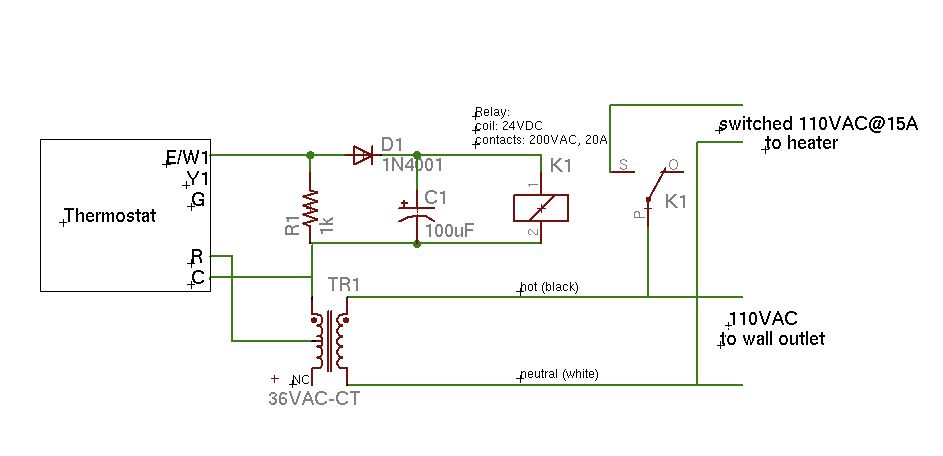
A basic schematic of the circuit is presented, marking the initial experience with Eagle software. It is important to note that only the W1 output of the thermostat is utilized, while C serves as the common connection.
The schematic outlines a simple circuit design where the thermostat's W1 output is connected to a load, such as a heating element or fan, facilitating temperature control in a system. The common terminal, labeled as C, provides a reference point for the circuit, ensuring proper operation of the thermostat.
In a typical configuration, the W1 output activates when the temperature falls below a predetermined threshold, allowing current to flow to the connected load. This action is essential for maintaining the desired environmental conditions. The common terminal (C) is typically connected to the power supply's negative or ground, establishing a complete circuit for the thermostat to function effectively.
For enhanced reliability, it is advisable to include protective components such as a fuse or circuit breaker in the design to prevent overcurrent situations that could potentially damage the thermostat or the load. Additionally, utilizing a relay can provide isolation between the thermostat and the load, allowing the circuit to handle higher power levels while ensuring the thermostat operates within its rated specifications.
Overall, this schematic serves as a foundational representation for a temperature control system, illustrating the essential components and their interconnections. Further refinements may include incorporating additional features such as indicators or more complex control logic, depending on the specific application requirements.Here is a rough schematic of the circuit (also my first experience with Eagle!). Notes: Only the W1 output of the thermostat is used. C is the common.. 🔗 External reference
The schematic outlines a simple circuit design where the thermostat's W1 output is connected to a load, such as a heating element or fan, facilitating temperature control in a system. The common terminal, labeled as C, provides a reference point for the circuit, ensuring proper operation of the thermostat.
In a typical configuration, the W1 output activates when the temperature falls below a predetermined threshold, allowing current to flow to the connected load. This action is essential for maintaining the desired environmental conditions. The common terminal (C) is typically connected to the power supply's negative or ground, establishing a complete circuit for the thermostat to function effectively.
For enhanced reliability, it is advisable to include protective components such as a fuse or circuit breaker in the design to prevent overcurrent situations that could potentially damage the thermostat or the load. Additionally, utilizing a relay can provide isolation between the thermostat and the load, allowing the circuit to handle higher power levels while ensuring the thermostat operates within its rated specifications.
Overall, this schematic serves as a foundational representation for a temperature control system, illustrating the essential components and their interconnections. Further refinements may include incorporating additional features such as indicators or more complex control logic, depending on the specific application requirements.Here is a rough schematic of the circuit (also my first experience with Eagle!). Notes: Only the W1 output of the thermostat is used. C is the common.. 🔗 External reference
